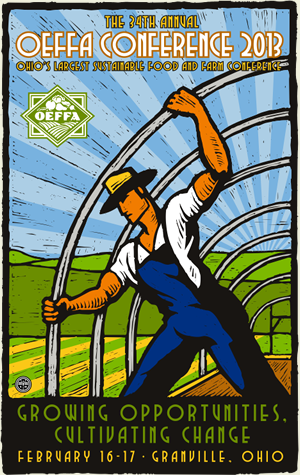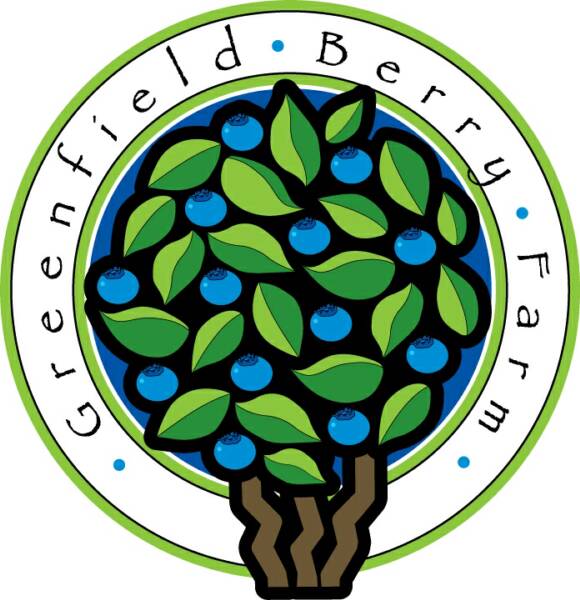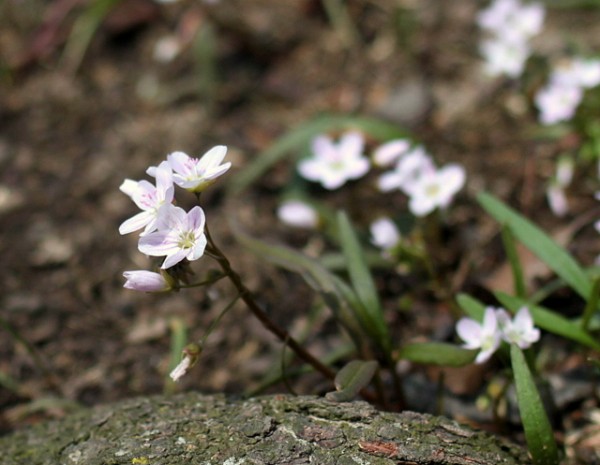 Yesterday I wrote about my introduction to Restoration Agriculture at the 2013 Ohio Ecological Food and Farm Association conference. Below are summaries of two other valuable sessions at the same conference.
What the OEFFA conference offers beyond these planned sessions are real conversations with wise, experienced farmers and enthusiastic innovative personalities. I am still basking in the joy of talking with:
Yesterday I wrote about my introduction to Restoration Agriculture at the 2013 Ohio Ecological Food and Farm Association conference. Below are summaries of two other valuable sessions at the same conference.
What the OEFFA conference offers beyond these planned sessions are real conversations with wise, experienced farmers and enthusiastic innovative personalities. I am still basking in the joy of talking with:
The confidence of a community that believes in and works for a local sustainable food system is one that buoys me throughout the year.
Growing Matters
by Local Matters employees Trish Clark and Jesse Hickman
In creating the Growing Matters program, director Trish Clark searched for what is missing in Columbus and how can Local Matters could help. She created programs to support yard garden programs encouraging people to grow their own food as close to kitchen as possible.
In this session, Trish and Jesse showed a beautiful short video about Local Matters and then offered participants a chance to learn from each other. The large group brainstormed garden challenges and then broke into smaller 5-8 person groups to come up with solutions.
Successes:
Use sheet mulching for weed suppression and water retention (use what you have for mulch)
Plant buckwheat as a cover crop
Crop rotation helps with almost every challenge
Solicit volunteers or students to help as labor in exchange for educational experience
Plant squash after June 15 to avoid beetles
Plant enough for wildlife
Plan ahead for food prep
Collection Edible magazines for seasonal recipes
Grow the basics
Learn how to can/freeze/preserve through word of mouth, family history
Consider raised beds for drainage, weed suppression, seating
Plant varieties that are reliable regardless of conditions
Consider keeping dogs to protect crops from rabbits, other small predators
Blueberry Basics
 by farmers at Greenfield Berry Farm
by farmers at Greenfield Berry Farm
Greenfield is a berry farm within Cuyahoga National Park. The farmers shared these tips for growing blueberries in a community setting. The farm is open for pick-your-own adventures and educational tours seasonally.
Get Soil Right First
- test for pH
- add sulpher to adjust pH around April 1st
- plant holes with 50% peat moss
- avoid standing water by making raised beds or installing drainage tile
- choose full sun locations
Plant Well
- 3-4 foot spacing with 10-12 feet between rows
- plant in mounds level or slightly above ground
- ensure no roots are exposed
- water thoroughly
Choose Cultivars Wisely
- bigger, sweeter berries tend to come from early season varieties
- smaller, tart varieties later in season
- Stokes in Michigan and Blueberry Patch in Mansfield are good sources
Address Pests
- insects like datana caterpillars, tent worms, Japanese beetles, blueberry maggot, and ants all may attack parts of plants; treat with soapy water spray and/on manual removal
- birds love berries; exclude with dense netting like Army surplus mosquito netting, sound devices, and attract predatory birds like kestrals
Watch for Disease
- fungal root rot can occur if plants are not properly drained; can try moving to higher location
- plants suffering from too-high pH will show yellowed leaves with dark veins; add sulpher
Fertilize
- replenish 3-4-3 organic option, cottonseed meal, bloodmeal (apply lightly to avoid burning)
- apply at bud break (approximately April 1) and again 4 weeks later after first year of planting
- spread along drip line of the plant
Weeds
- use weed wacker in between plants but avoid hitting trunk or you may girdle plant
- vinegar (12% acidity) may be successful organic herbicide applied around drip line
Drought
- berries will shrivel without enough water
- irrigate with drip tape or water frequently
- mulch with 4-6 inches of pine needles, sawdust, or wood chips; one year aged compost is best because it doesn't pull nitrogen from soil
Pruning
- conduct pruning in late winter after weather has warmed above freezing (March)
- aim to promote straight growth with room for air and light
- lop off thick dead wood at base
- cut off dead or diseased branches to nearest bilateral
- remove overlapping branches
- burn removed branches to prevent re-contamination
Thus ends my OEFFA 2013 brain dump. I hope my attempt to share what I learned was successful.



 by farmers at
by farmers at